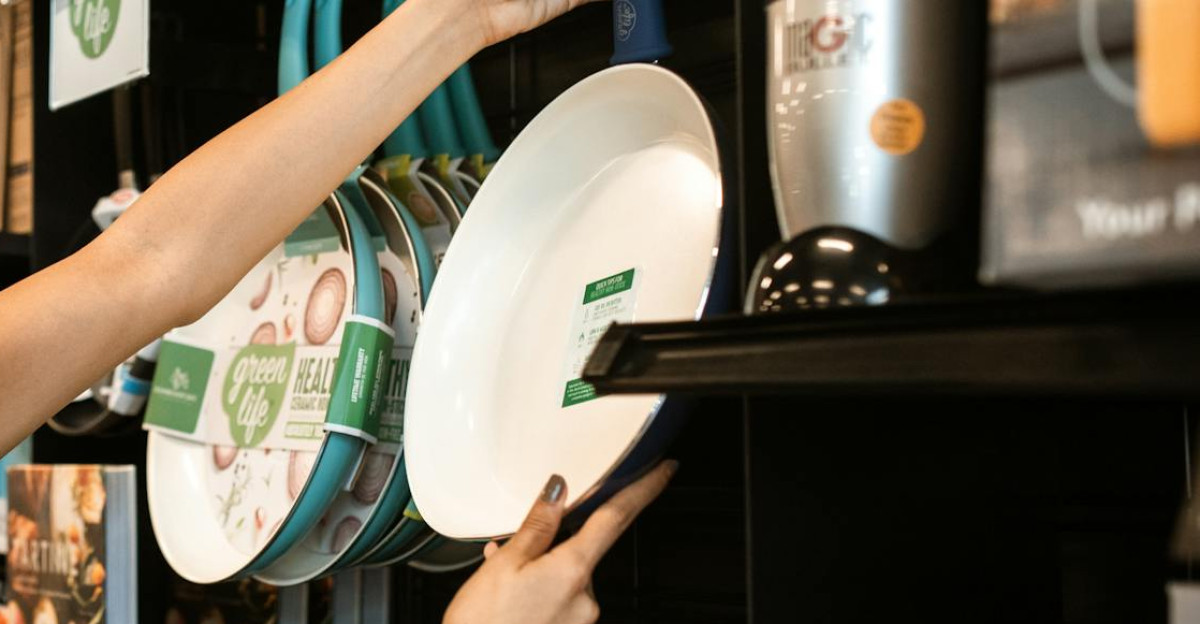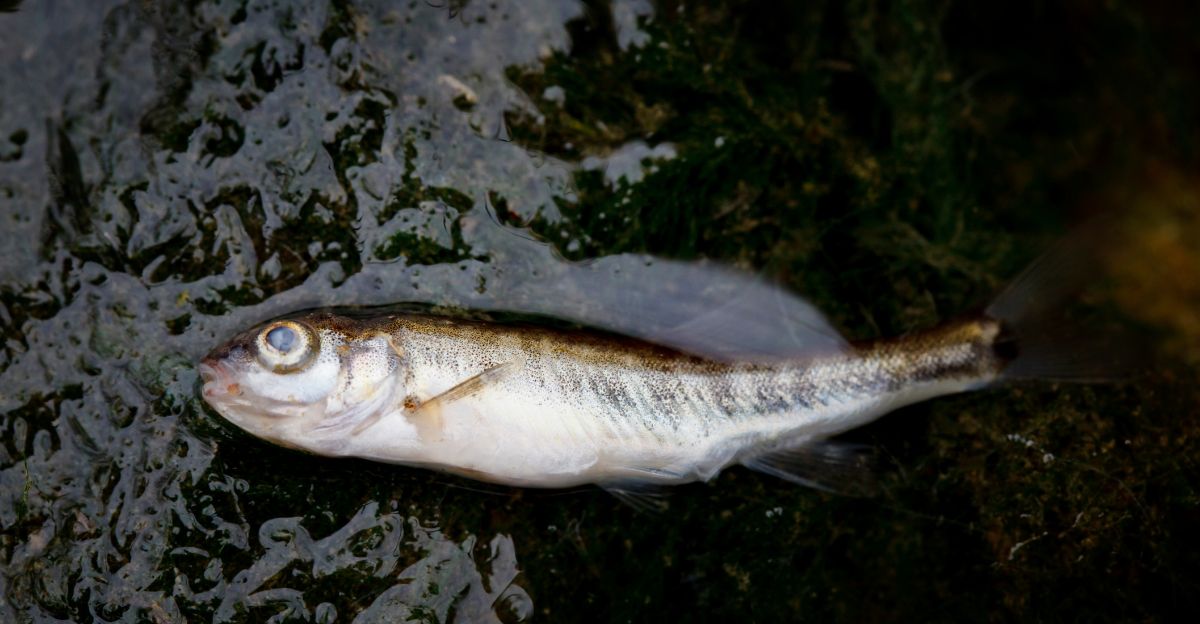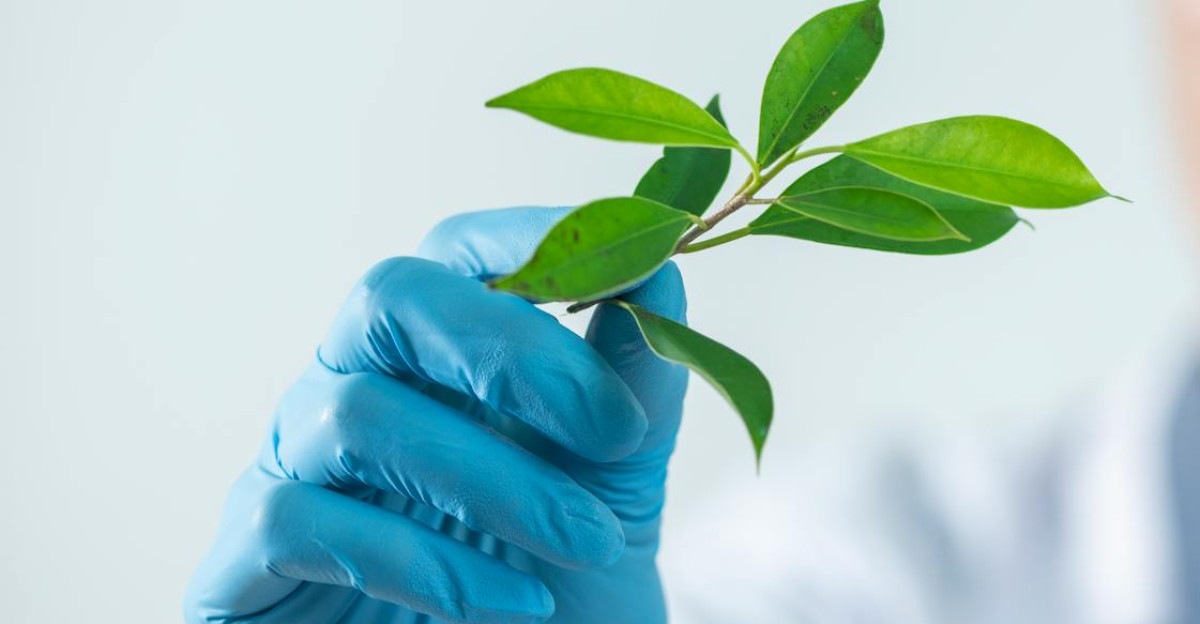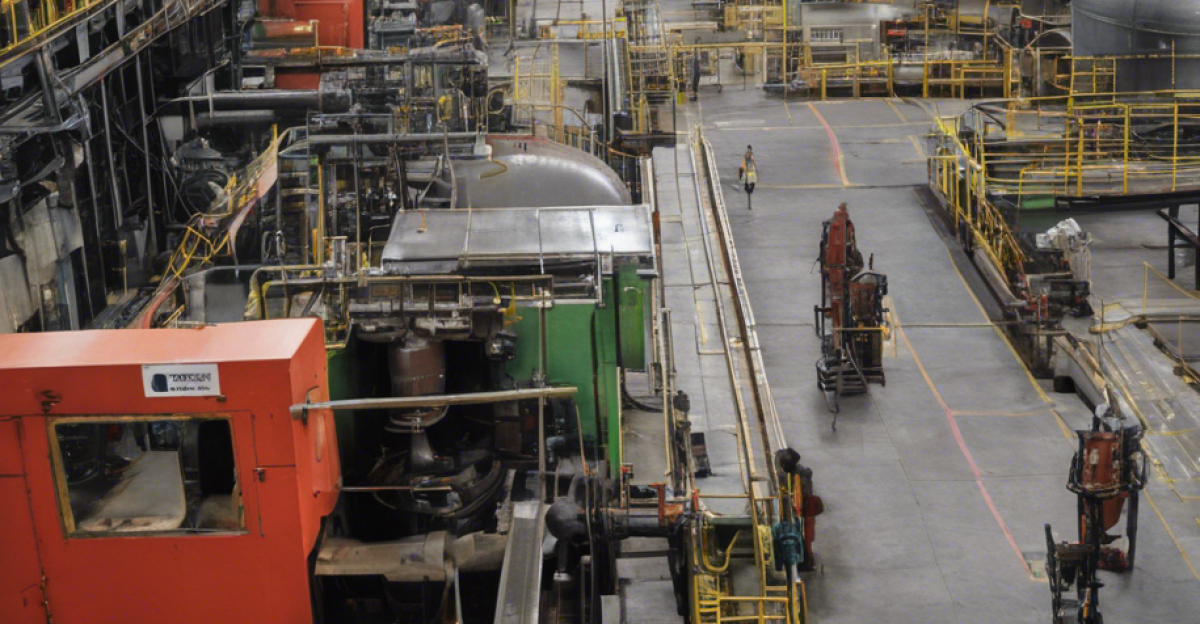
Nearly every American carries PFAS “forever chemicals” in their bloodstream from nonstick cookware exposure, according to the CDC’s National Health and Nutrition Examination Survey released in 2024. PFOA requires 5.4 years to clear from human blood, while PFOS needs 8.5 years, creating dangerous cumulative toxicity from daily cooking routines. Environmental Health Perspectives reports that these carbon-fluorine bonds that prevent food from sticking also resist breakdown in human bodies and the environment.
Cookware Industry Faces $2 Billion Regulatory Collapse as States Ban Toxic Coatings

The nonstick cookware industry confronts regulatory upheaval across multiple jurisdictions as states crack down on PFAS contamination. Minnesota banned PFAS cookware sales across 11 product categories starting this January, the Minnesota Pollution Control Agency confirms. France implements sweeping restrictions on PFAS consumer products beginning January 2026, while Minnesota’s Amara’s Law mandates the complete elimination of non-essential PFAS by 2032, C&EN Magazine stated in February.
Eight Decades of Teflon Dominance Crumble Under Environmental Reality

Yale School of Public Health research shows that since Teflon’s invention in the late 1930s, PFAS has dominated nonstick cookware for roughly 85 years through unbreakable carbon-fluorine bonds. These molecular structures that create superior oil and water repellency persist indefinitely in the environment, earning them the “forever chemicals” label. Traditional PTFE coatings became synonymous with convenient cooking despite mounting health evidence against their use.
Bioaccumulation Crisis: Fish Show 40,000-Fold Chemical Concentration

According to Environmental Toxicology and Chemistry research, Long-chain PFAS bioconcentration in rainbow trout reaches a staggering 4,000 to 40,000 fold accumulation, with C14-C16 chains showing the highest environmental persistence. Frontiers in Epidemiology data reveal that pregnant women face 10 times higher PFAS susceptibility, while Hispanic women show 24 times increased risk compared to the general population. Bioaccumulation increases exponentially with carbon chain length from C8 to C20.
University of Toronto Scientists Create Arrow-Feather-Inspired Coating Breakthrough

University of Toronto researchers published their groundbreaking “nanoscale fletching” discovery in Nature Communications on July 23, 2025, offering hope for safer cookware alternatives. Professor Kevin Golovin’s DREAM Laboratory team created polydimethylsiloxane (PDMS) coatings using ultra-short CF₃ molecules featuring single carbon atoms with three fluorine groups. PubMed data confirms that their innovation achieves grade 6 oil repellency, matching traditional PFAS, while drastically reducing bioaccumulation.
Lab Tests Prove New Coating Matches Teflon Performance Without Health Risks

The nanoscale fletching coating achieved grade 6 on the American Association of Textile Chemists and Colorists oil repellency scale, matching existing PFAS-based coatings exactly. Laboratory testing confirmed water and grease repellency across aluminum, stainless steel, nylon, and polyester substrates, ZME Science reports. The biocompatible silicone base withstood 200°C heating without any performance degradation during trials.
‘Holy Grail’ of Cookware: Scientists Edge Closer to PFAS-Free Teflon Alternative

“The holy grail of this field would be a substance that outperforms Teflon, but with no PFAS. We’re not quite there yet, but this is an important step in the right direction,” Professor Kevin Golovin told researchers in July 2025. PhD student Samuel Au developed the arrow-feather inspired technique, attaching biocompatible PDMS bristles tipped with minimal fluorine molecules, the University of Toronto DREAM Laboratory announced.
Major Manufacturers Scramble for PFAS Alternatives as Bans Multiply

The nonstick cookware market desperately seeks PFAS alternatives as regulatory pressure intensifies across state lines. According to the Minnesota Pollution Control Agency, major manufacturers face compliance challenges with state-by-state bans, particularly Minnesota’s 11 prohibited product categories that include cookware, cosmetics, dental floss, and juvenile products. In March, France’s 2026 consumer product restrictions add another layer of international compliance complexity, CIRS Group reported.
Consumer Demand Surges for Chemical-Free Cookware as Health Awareness Grows

Consumer demand surges for PFAS-free alternatives amid widespread “forever chemicals” awareness campaigns sweeping the nation. Grand View Research data from 2024 indicates that the global nonstick cookware market projects continued growth despite regulatory disruptions, driven by health-conscious cooking trends. Fast-food giants, including McDonald’s and Starbucks, eliminated PFAS packaging, creating precedent for broader industry transformation across food service sectors.
New Coating Eliminates Toxic Chemicals in Just Three Days

The Toronto coating uses trifluoromethyl (-CF₃) groups with three-day elimination half-lives versus the 5.4 to 8.5 years required for long-chain PFAS clearance, ZME Science analysis shows. These ultra-short molecules don’t bioaccumulate like traditional C8-C20 PFAS chains, which concentrate in fish at 4,000 to 40,000 fold levels. Researchers estimate dramatically reduced environmental loading compared to conventional PTFE coatings, Environmental Health Perspectives data suggests.
Commercialization Hurdles Remain Despite Promising Laboratory Results

Despite promising laboratory results, commercialization faces significant scaling challenges that could delay market introduction. New Atlas reports that the University of Toronto team seeks industry partnerships but hasn’t announced specific manufacturing deals or product launch timelines yet. Transitioning from research samples to mass production requires extensive regulatory approval, comprehensive safety testing, and substantial capital investment from cookware manufacturers.
Industry Connections Position Research Team for Cookware Partnerships

Professor Golovin’s DREAM Laboratory previously collaborated with Boeing, Arc’teryx, Lululemon, and FPInnovations on advanced coating technologies, giving the team valuable industry connections. University of Toronto Engineering confirms that his research group leads the Defense Department’s COMFORTS network, developing soldier protection materials. These existing industry relationships position the team well for cookware partnerships and technology transfer opportunities.
Cookware Companies Race to Develop PFAS Alternatives Using Different Strategies

Multiple manufacturers race to develop PFAS alternatives using competing technological approaches across the industry. Swiss Diamond promotes diamond particle coatings while GreenPan markets ceramic alternatives as safer options. Chef’s Foundry develops P600 Swiss ceramic technology as traditional PTFE faces increasing restrictions, MetaTech Insights analysis shows. Each company claims breakthrough performance while avoiding forever chemicals health concerns.
Environmental Scientists Express Cautious Optimism About Ultra-Short PFAS Solutions

Environmental scientists express cautious optimism about ultra-short PFAS alternatives despite trifluoroacetic acid breakdown products remaining environmentally persistent, ModernSciences.org reported in August. Some experts worry about “regrettable substitutions” where banned chemicals get replaced by similar compounds posing comparable risks to human health. Comprehensive long-term safety data remains limited for widespread adoption across consumer products.
Breakthrough Represents Crucial Step Toward Completely PFAS-Free Cookware

The nanoscale fletching breakthrough represents a crucial stepping stone toward the “holy grail” of completely PFAS-free cookware, achieving Teflon-level performance. Sustainability Times reported in July that researchers continue developing the technology to eliminate even minimal fluorine content while maintaining oil repellency standards. Consumer acceptance and regulatory approval will determine the industry transformation timeline moving forward.
Minnesota Implements Strictest PFAS Regulations Nationwide with 2032 Deadline

Minnesota’s Amara’s Law implements the strictest PFAS regulations nationwide, targeting complete non-essential elimination by January 2032, the Minnesota Pollution Control Agency confirms. The phased approach begins with 11 product categories in 2025, expands to reporting requirements by July 2026, and then comprehensive bans by 2032. Federal regulation lags behind state action, creating compliance patchworks for manufacturers across multiple states.
France Becomes Second European Country to Ban Forever Chemicals Systematically

After Denmark, France becomes the second European country to systematically ban PFAS, implementing restrictions on cosmetics, textiles, and ski wax starting January 2026. The legislation will expand to all textiles by 2030 except for protective equipment, C&EN Magazine reported in February. European Union-wide PFAS restrictions under REACH regulations create 18-month transition periods with no exemptions for manufacturers.
Fish Contamination Levels Reach Alarming Heights as Global Transport Spreads Chemicals

According to Environmental Toxicology and Chemistry research from 2003, PFAS bioconcentration factors in rainbow trout reach 4,000 to 40,000 for C14-C16 chains, with bioaccumulation increasing exponentially by carbon length. Environmental persistence enables global atmospheric transport of these synthetic chemicals across continents. French legislation imposes €100 fines per 100 grams of PFAS emissions, targeting industrial polluters directly, CIRS Group analysis indicates.
Public Perception Shifts as Americans Discover Chemical Contamination in Their Blood

Consumer perception shifts dramatically as 99% of Americans carry PFAS in their bloodstream from decades of exposure, CDC NHANES data from 2024 reveals. Younger generations prioritize chemical-free products, demanding transparent ingredient labeling and safer alternatives from manufacturers. The “forever chemicals” terminology resonates emotionally, creating brand reputation risks for PFAS-associated companies despite current regulatory compliance.
Nature-Inspired Solution Could End 85 Years of Toxic Chemical Dominance

The arrow-feather-inspired nanoscale fletching represents a paradigm shift from synthetic to bio-inspired materials engineering across multiple industries. This molecular biomimicry, as Material District reported in August, demonstrates how nature’s solutions can solve the 85-year PFAS dominance while addressing environmental persistence concerns. Success could accelerate broader adoption of biomimetic approaches across chemical manufacturing, seeking sustainable alternatives to toxic compounds.